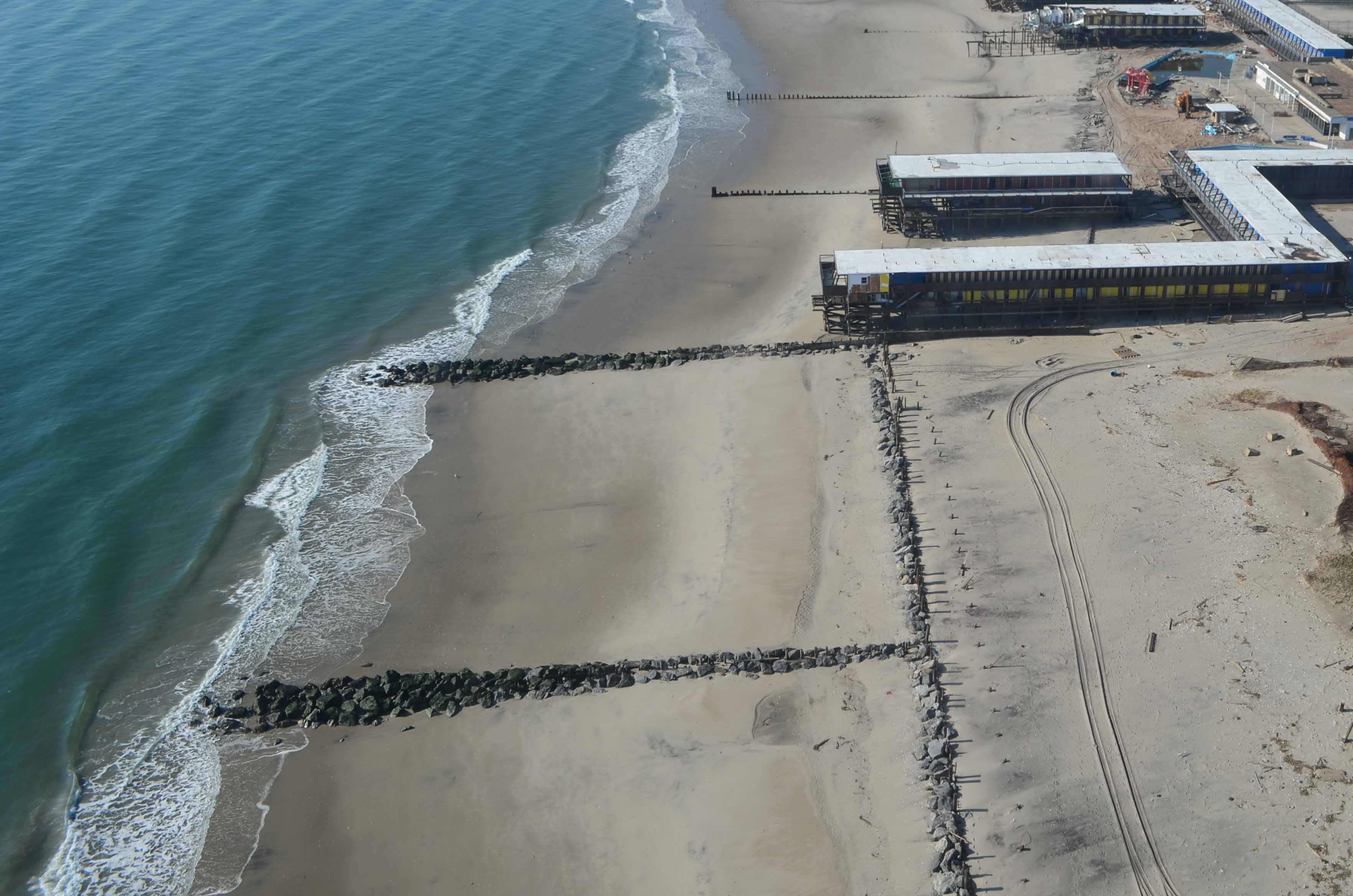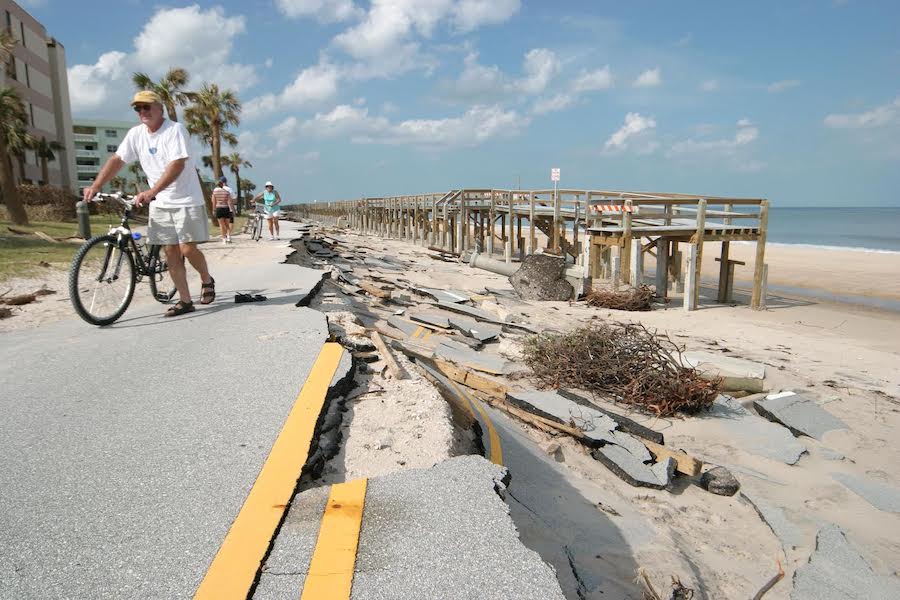Shore Protect Team Things To Know Before You Get This
Some Known Details About Shore Protect Team
Table of ContentsShore Protect Team Things To Know Before You Get ThisThe Single Strategy To Use For Shore Protect TeamIndicators on Shore Protect Team You Need To KnowGetting The Shore Protect Team To WorkHow Shore Protect Team can Save You Time, Stress, and Money.The 30-Second Trick For Shore Protect TeamWhat Does Shore Protect Team Do?
Decline in building value: As the location tourism is impacted by erosion, so after that is the economic situation. Purchasers are less most likely to look for a beach house that could be destroyed at any type of minute by the approaching flooding and disintegration emergency. Consequently, building value can drop greatly and affect the entire area.Whether a coastline is just small and congested or needs to shut completely for the security of the environment and neighboring residential properties, this greatly impacts tourist. Subsequently, neighborhood economies are impacted (https://friendpaste.com/1DXgZMpPECNbwAaMFcjwiD). Danger of injury: The enhanced danger of flooding and architectural failures triggers a raised threat of injury to nearby vacationers and area members

is home to more than 84,240 miles of shoreline with 41% of it revealed to the open sea. Coastal engineers supervise of securing the shore against changes by lessening the destructive influences of both natural and man-made incidents. Shoreline stablizing is straight pertaining to their work. Beachfront hotels: Because shoreline erosion impacts tourism, it impacts the success of waterside resorts.
About Shore Protect Team
Coastal industrial businesses: No visitors indicates no company. Coastal state parks: State parks that exist along coastlines are at risk of damages.
Hard stabilization uses manufactured frameworks as security to manage disintegration. A lot of types of difficult stablizing like seawalls and sheet metal are not optimal for shoreline stabilization.
Everything about Shore Protect Team
There's additionally insufficient evidence of their performance relying on the type of shoreline and neighborhood problems. Difficult stabilization strategies have a tendency to be harder to mount and do not match the natural visual, standing out like a sore thumb and harming local ecological communities in many circumstances. Coastline nutrition is the procedure of including lost sand and debris back to beaches after disintegration has happened.
TrapBags help in the process of coastline nutrition by protecting all-natural communities and permitting plants to grow. While this procedure can be expensive and is not permanent, the pros have a tendency to outweigh the cons. TrapBag obstacles offer several buildings that make them suitable for coastal and riverbank disintegration protection. They're: Ecologically pleasant: You can utilize indigenous soil both to border and to fill the TrapBags.

The Best Strategy To Use For Shore Protect Team
Easy to set up: Relieve of setup implies TrapBags can be released rapidly in the occasion of an emergency situation. They can also be installed without any type of heavy machinery. Budget-friendly: TrapBags are excellent for both little and big areas of shoreline. They provide a cost effective remedy to cover jobs of any kind of dimension.
The suitable seawall layout relies on location-specific elements, including surrounding disintegration processes. There are 3 primary kinds of seawalls: upright, rounded, tipped, and mounds (see table below). A record released by the United Nations Environment Programme (UNEP) recommends that the tsunami of 26 December 2004 triggered much less damages in the locations where natural barriers were existing, such as mangroves, reef or coastal plants.
Natural barriers, such as coral reefs and mangrove forests, stop the spread of tidal waves and the circulation of seaside waters and mitigated the flooding and rise of water. A cost-benefit approach is an efficient method to figure out whether a seawall is ideal and whether the advantages deserve the expense.
Shore Protect Team - Truths
A seawall is a fixed attribute which can contravene the dynamic nature of the coast and hinder the exchange of debris in between land and sea. The table below summarizes some favorable and adverse results of seawalls which can be used when contrasting their efficiency with other seaside administration options, such as coastline nourishment. [] Benefits and negative aspects of seawalls according to Short (1999) Benefits Disadvantages Lengthy term remedy in comparison to soft beach nourishment.

This can create coastlines to dissipate, providing them worthless for coastline goers. Generally, seawalls can be a successful means to control coastal erosion, yet just if they are constructed well and out of materials that can withstand the force of continuous wave power. Some understanding is required of the seaside procedures and morphodynamics specific to the seawall location.
See This Report on Shore Protect Team
The appropriate seawall layout relies upon location-specific elements, including bordering disintegration processes. There are 3 primary sorts of seawalls: upright, rounded, stepped, and piles (see table below). A record released by the United Nations Atmosphere Programme (UNEP) suggests that the tidal wave of 26 December 2004 triggered less damages in the locations where all-natural obstacles existed, such as mangroves, reef or seaside vegetation.
All-natural barriers, such as reef and mangrove forests, stop the spread of tsunamis and the flow of seaside waters and alleviated the flooding and rise of water. A cost-benefit technique is an effective means to identify whether a seawall is appropriate and whether the benefits deserve the expense.
The 5-Second Trick For Shore Protect Team
A seawall is a static function which can conflict with the vibrant nature of the coast and restrain the exchange of debris between land and sea. Advantages and downsides of seawalls according to Short (1999) Benefits Downsides Long term option in comparison to soft coastline sustenance.

This can trigger beaches to dissipate, making them useless for coastline goers. Usually, seawalls can be an effective method to manage coastal erosion, yet just if they are created well and out of materials that can endure the force of continuous wave power.